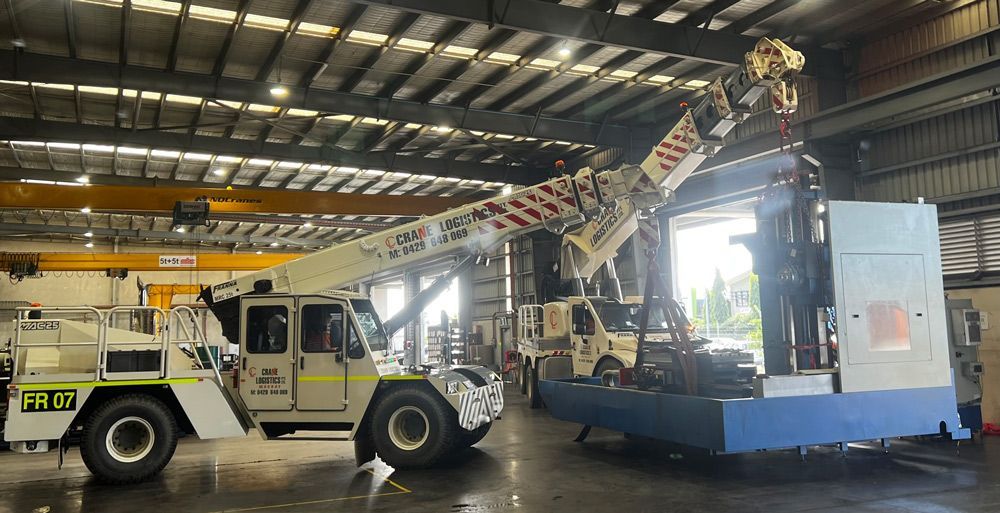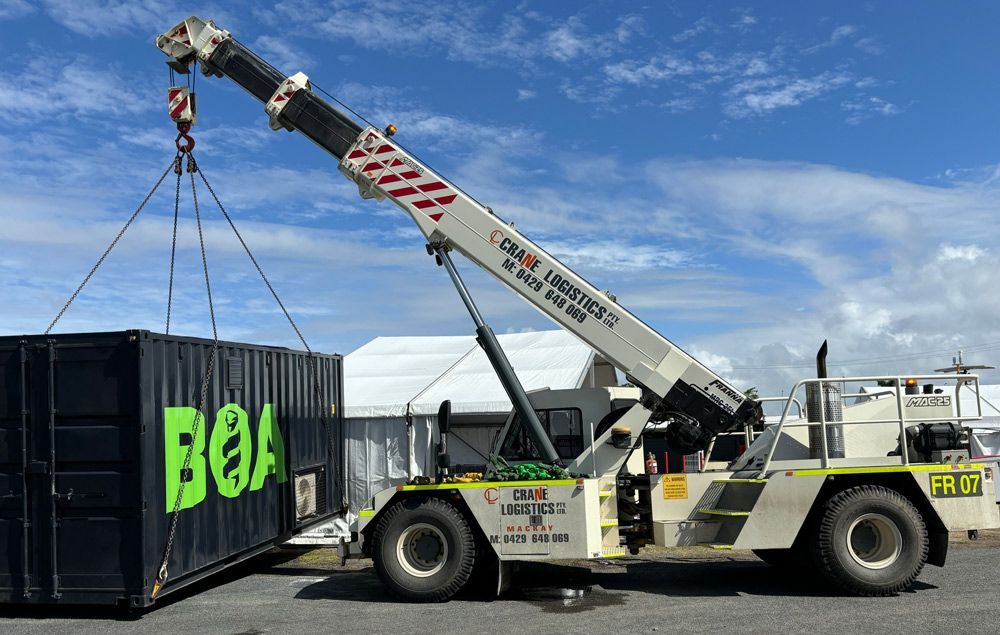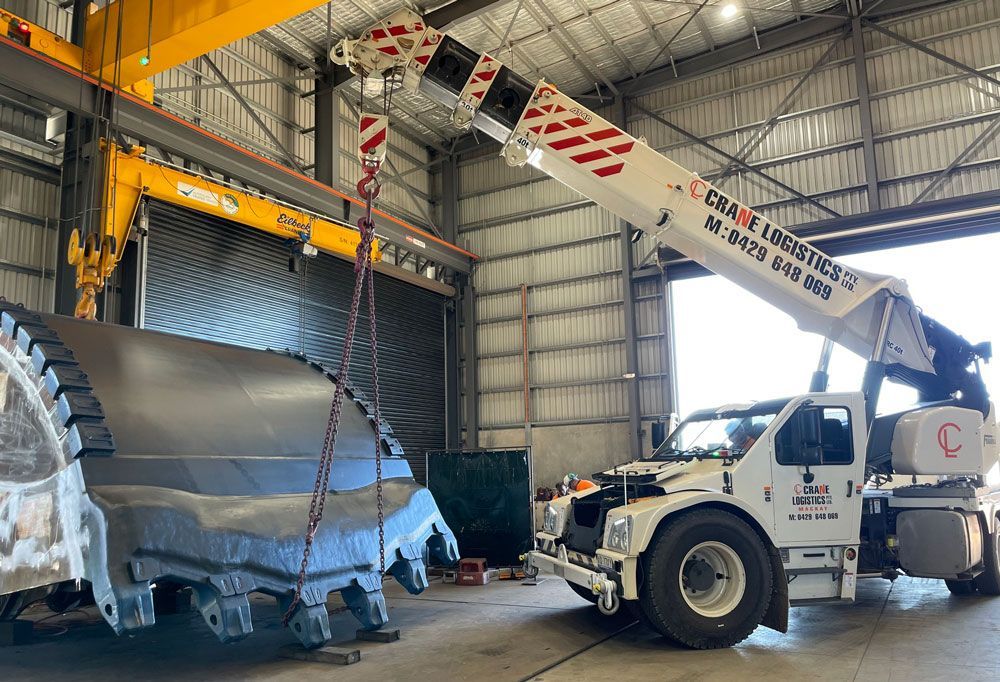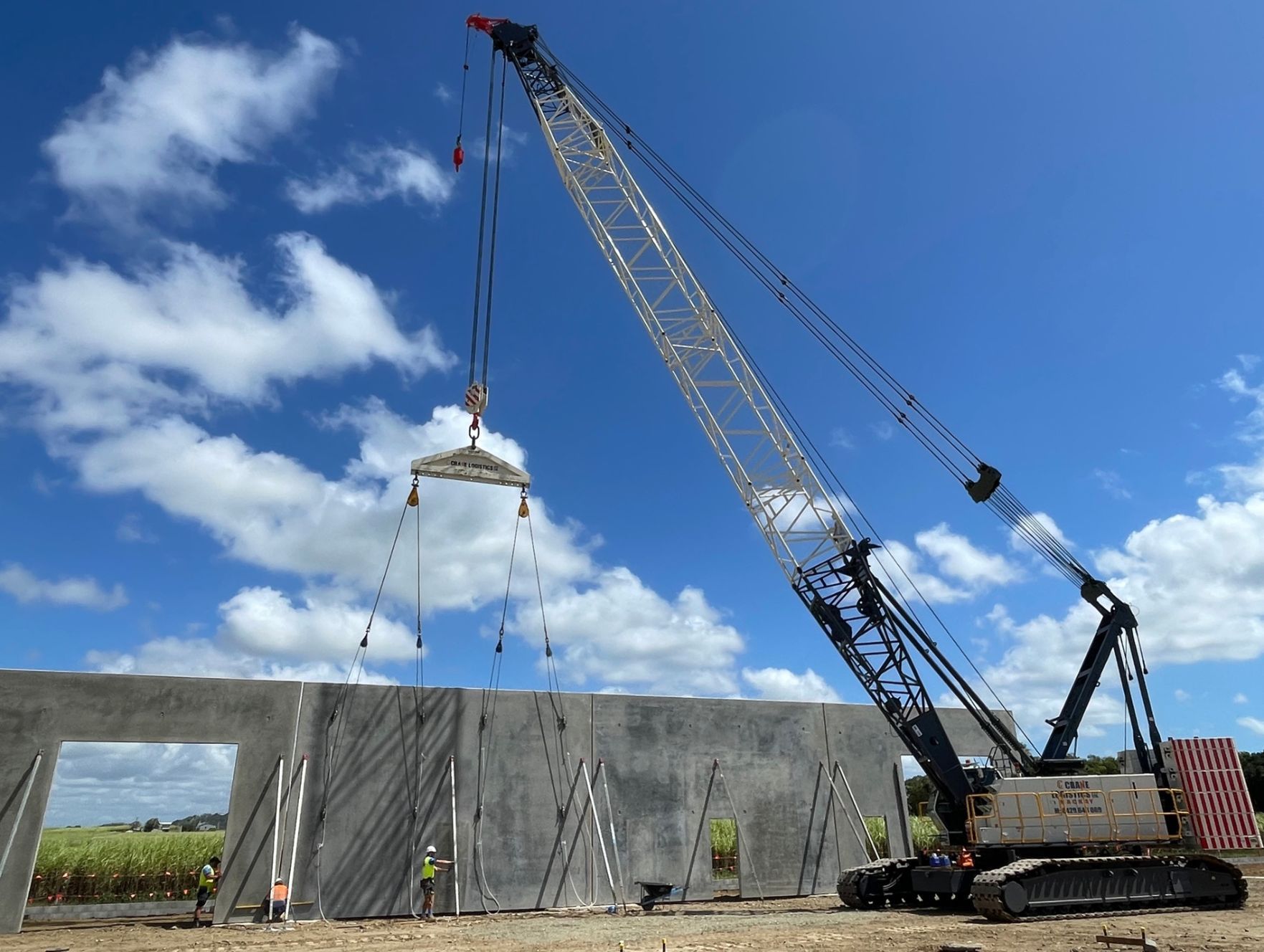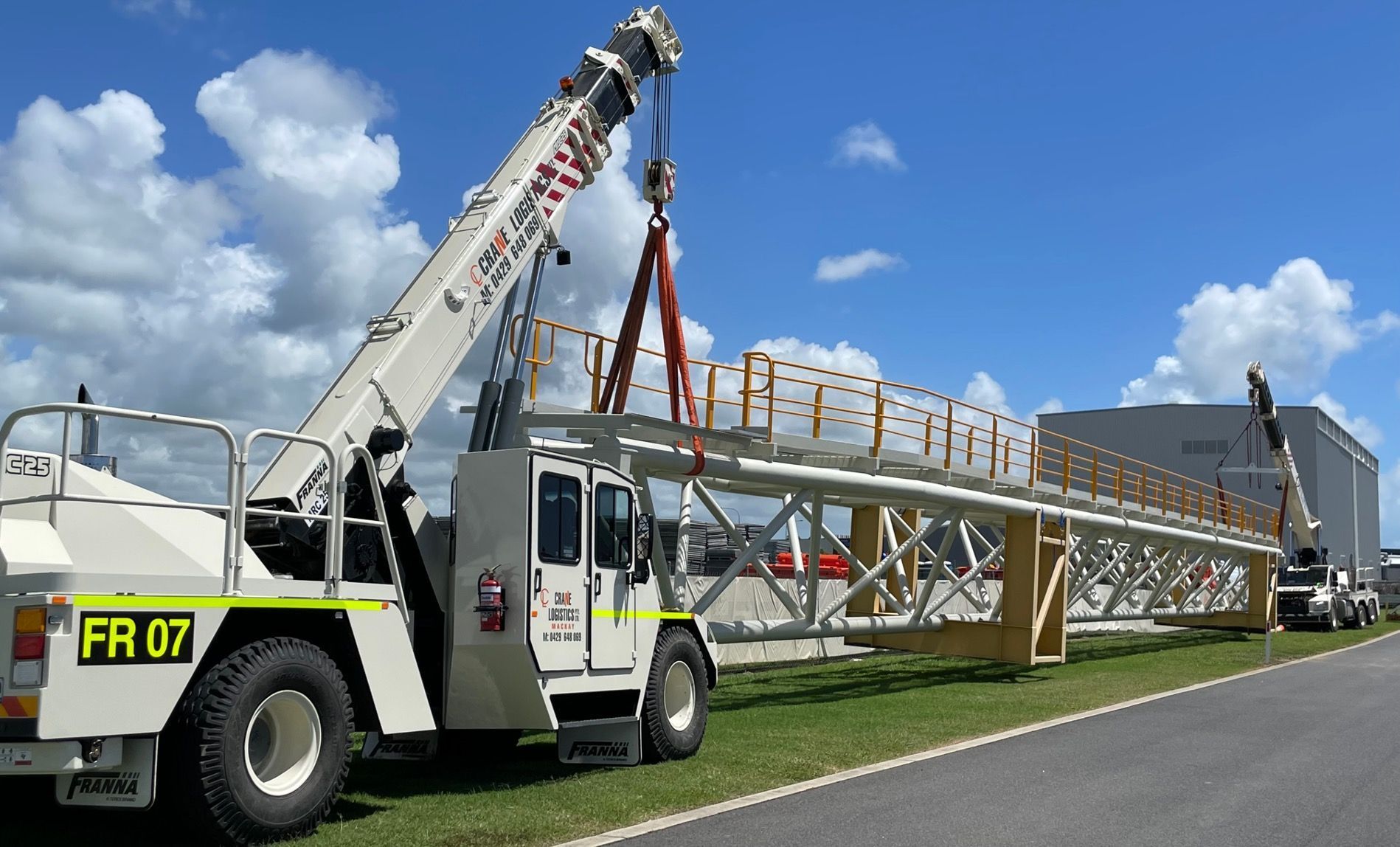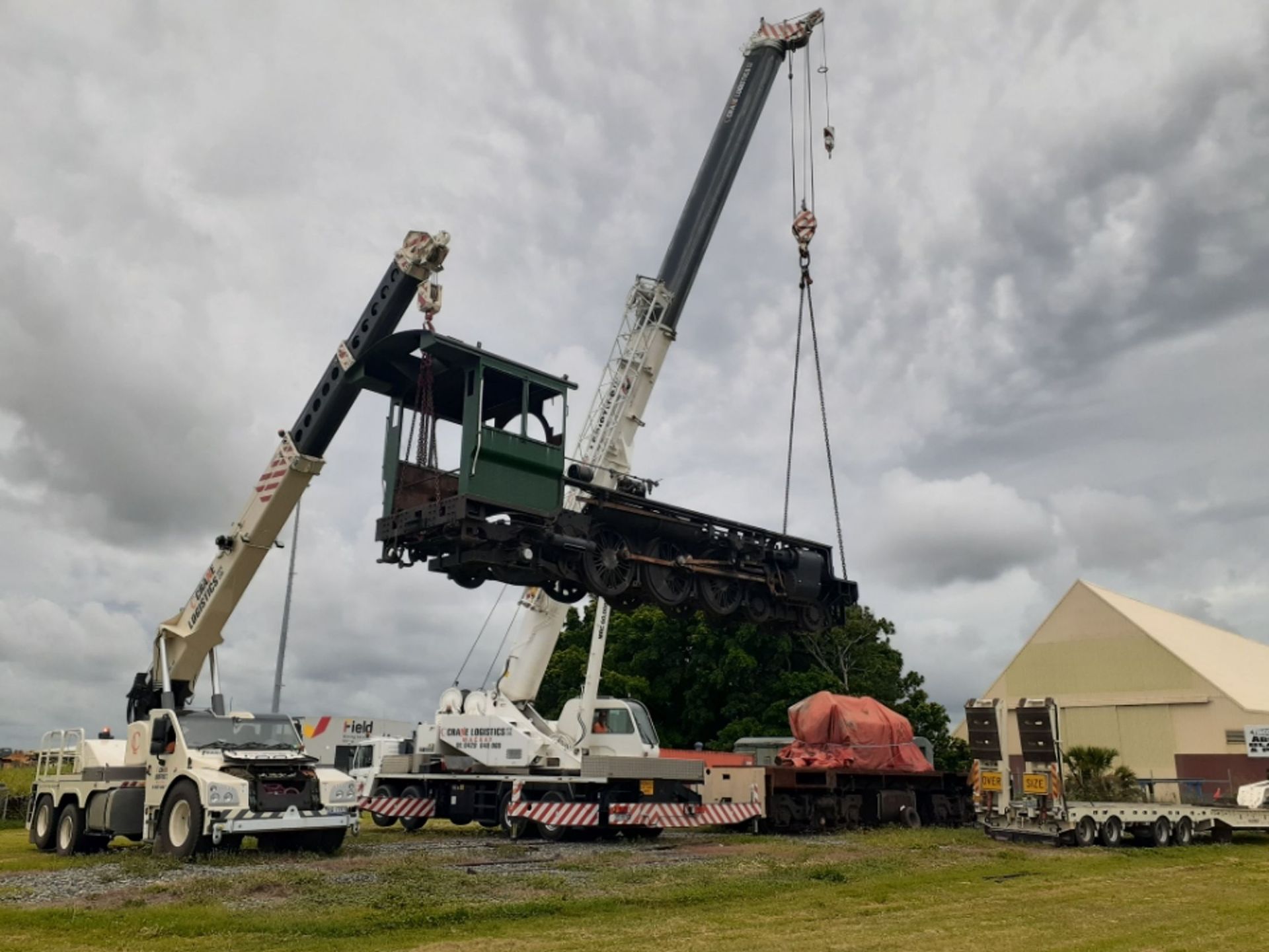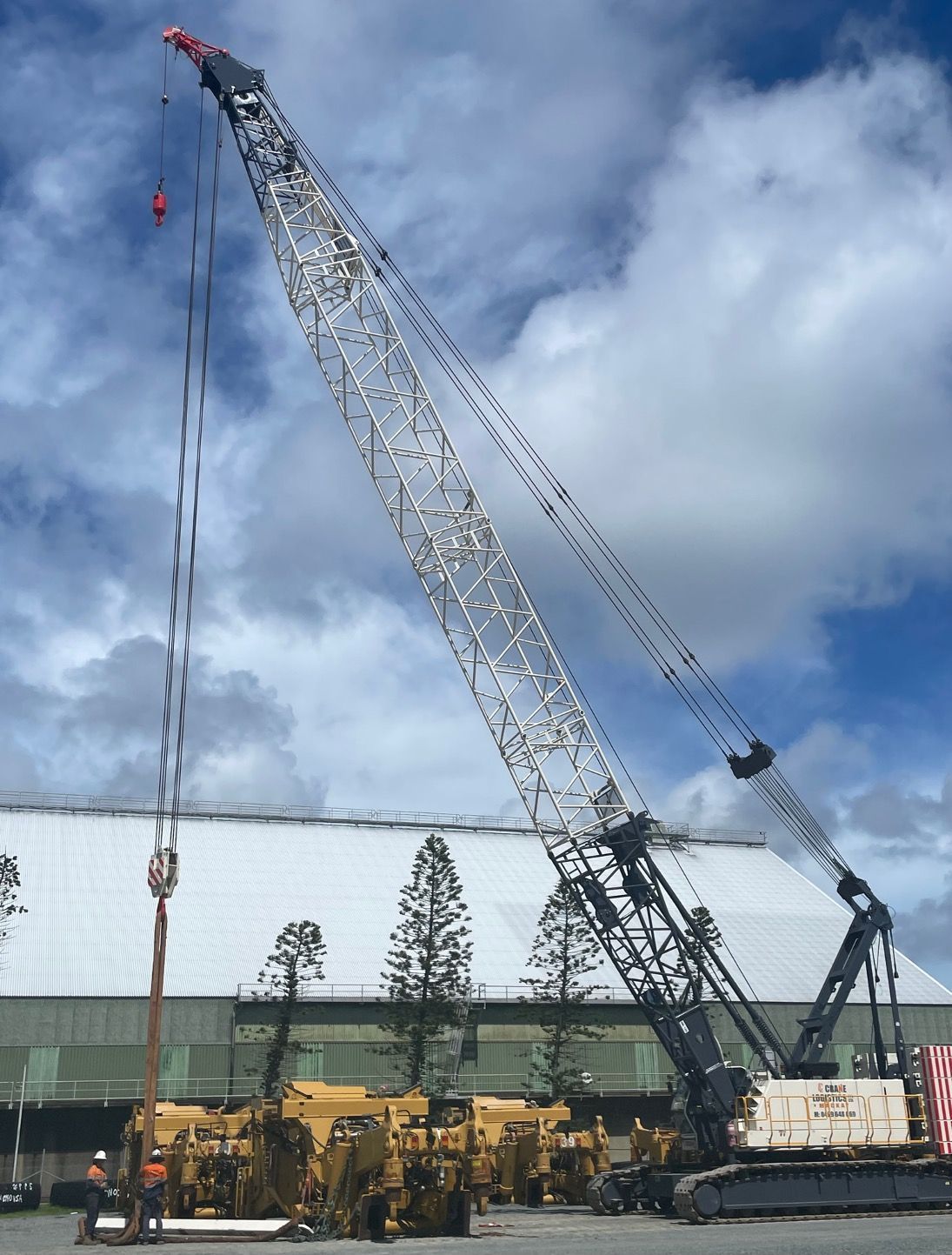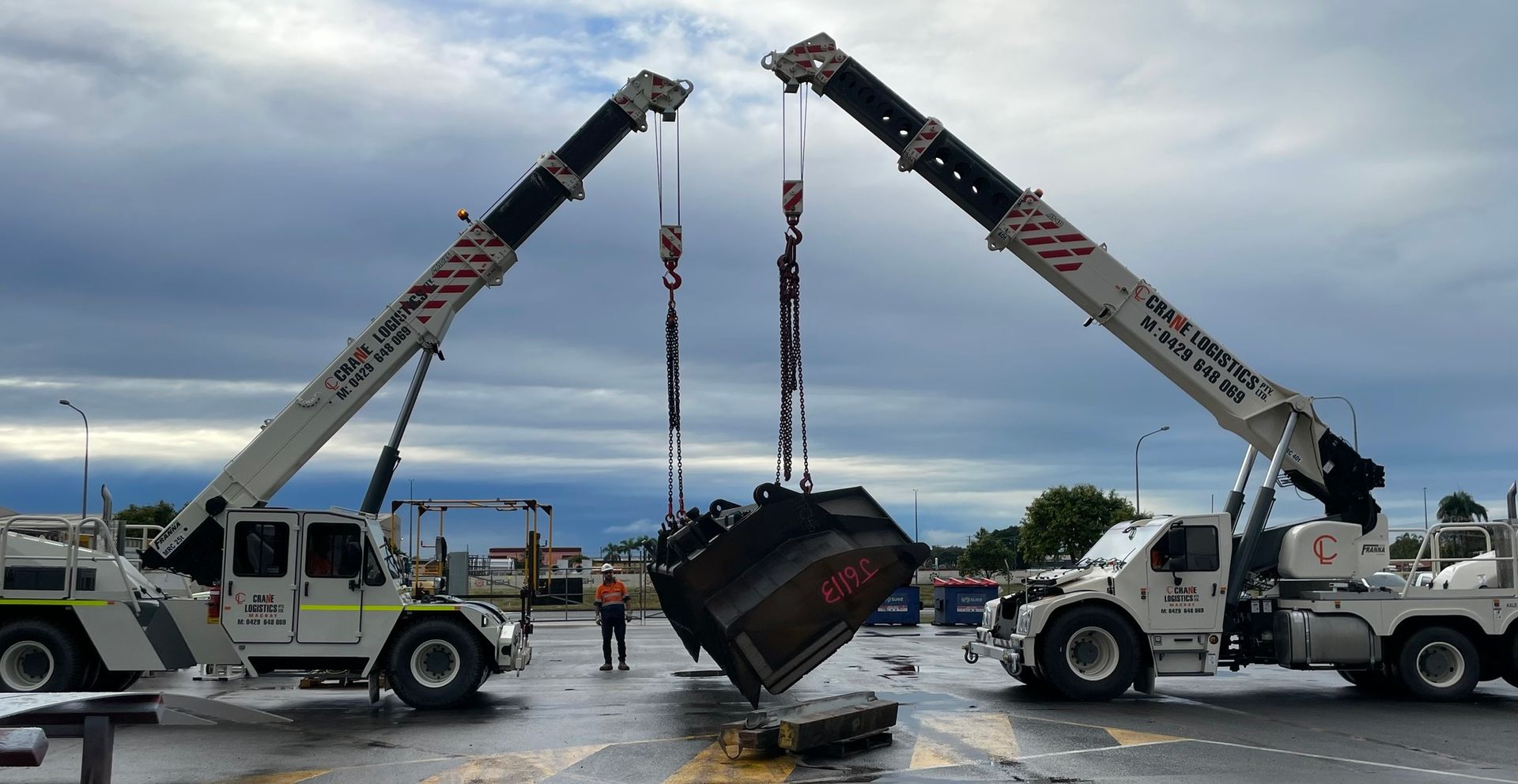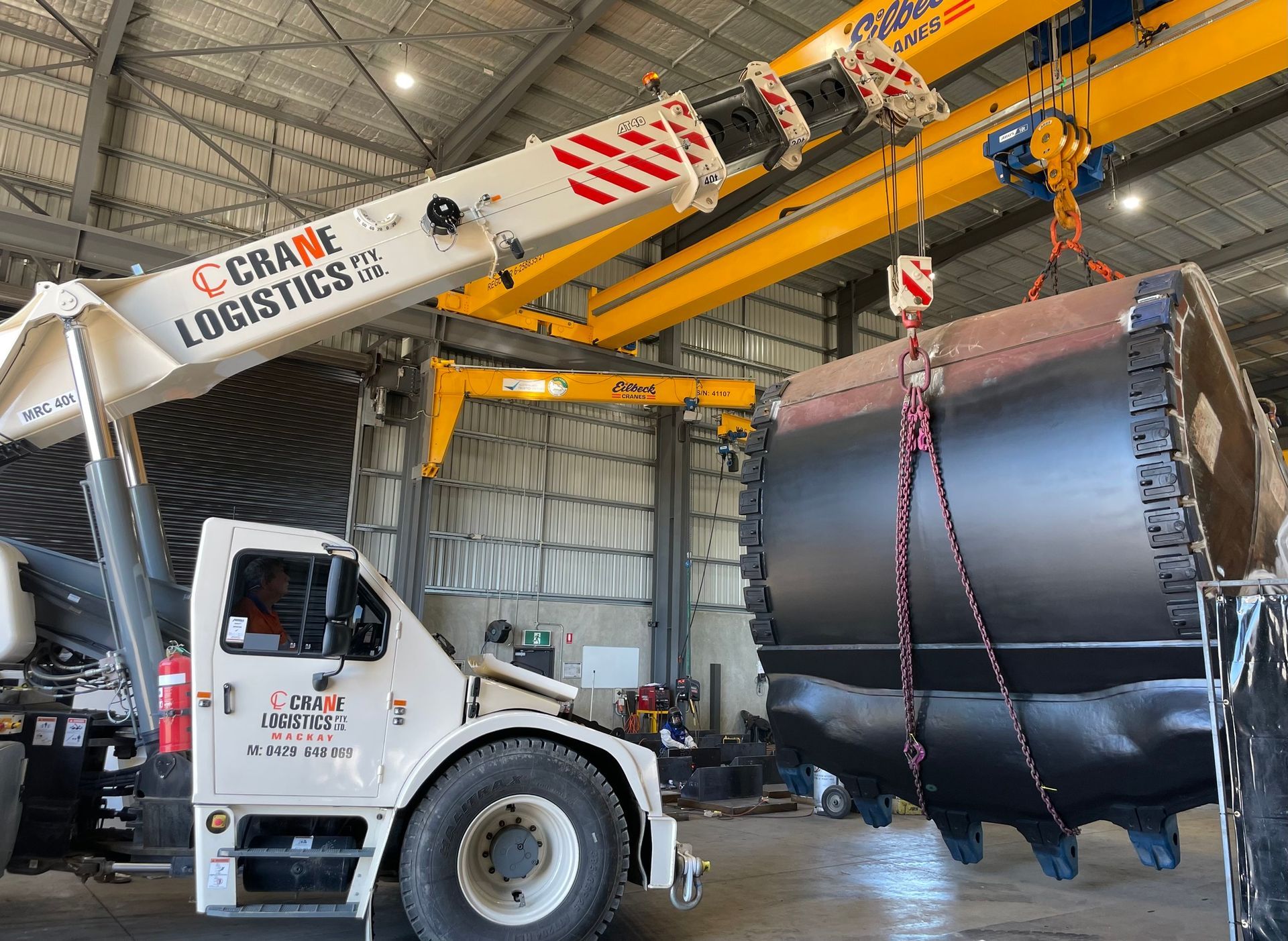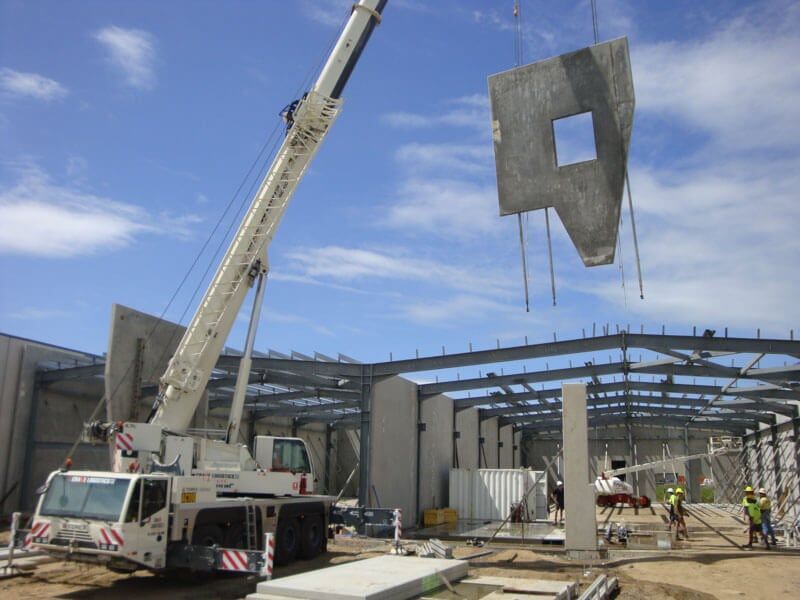CALL US TODAY!
How To Choose The Right Crane For Your Project?
As construction continues to modernise, lifting cranes are becoming more common. They remain one of the most popular choices for all construction and demolition projects, transport and shipping of heavy materials.
However, the benefits of using them depend on why you need one for your project. This can influence which type you hire and, by doing your research ahead of time, will save you money in the long run by making sure it’s the right crane for your job.
Many varieties are available and several different cranes may be designed for the same function. That’s why it can be confusing to find the perfect one for you.
Crane Logistics understand that this is an important decision and we’ve created a complete guide to help you choose the right crane for your project.
1. Measure The Weight And Size Of The Load
It’s easy enough to log the weight and dimensions of the load you intend to lift. By keeping this in mind when you come to hire a crane, you can avoid overpaying for more lifting power than you’ll ever need or putting your crew and customers at risk by forcing the crane to lift more than it can handle.
You should also take into account the type of load you intend to lift. A liquid-filled tank will require specialised lifting conditions whereas a static concrete block will not.
2. Measure The Lift Height
However high you need the crane to lift its load will influence which crane you decide on. You can usually find the length of the boom and capacity details in the load charts when you browse cranes to hire. The boom is the inclined spar supporting the hoisting tackle. The angle and radius of the boom play a critical role in crane stability.
3. Measure The Moving Distance
The crane will also need to travel horizontally to pick up the load. If you’re hiring a crane to transport equipment or heavy goods from one location to another, you will need a mobile crane with wheels. If there is a fixed path of movement, you will need a crane with rails.
4. Check The On-site Conditions
All cranes need a stable support structure to hold them on the ground. For uneven or rough terrain, you should choose an all-terrain crane specially designed for hazardous conditions. For flat and firm ground, the best way to ensure mobility is a truck-mounted crane.
5. Check Site Accessibility
Some cranes need to be assembled on-site. Lattice boom crawler cranes are one of these and thus more suitable for long-term projects. Tower cranes also need to be assembled on-site however they also require a proper access road as mobile cranes must be used to assemble it.
For small and easily accessed construction projects, HTCs tend to be the best option because these are street legal and can be driven directly to your site.
At Crane Logistics, we know that choosing the right crane for your project is an important decision. We’re here to help every step of the way.
Contact us today about hiring a crane.
ABOUT US
Crane Logistics is a full-service provider of cranes for hire, specialising in all types of cranes, equipment and operations for construction, mining, aviation, and other industries. They are compliant with all safety regulations and have many years of experience in the industry.


